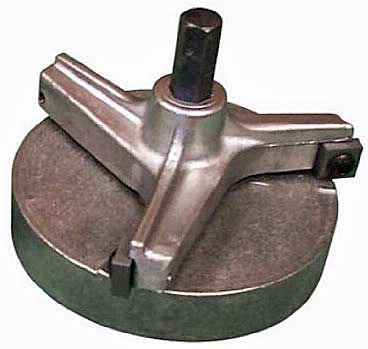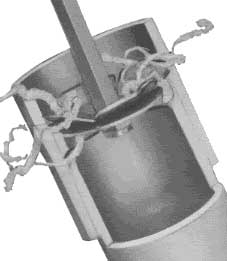ScrewedByNCGC
New Member
I am the original owner of a house bought in 2003. Dec 2008 I discovered a large water stain in the kitchen ceiling. I also noticed the hardwood floor beneath the stain was cupping. I cut out various areas of drywall and discovered rotted wood beneath what appears to be waste piping from the upstairs bathroom and a leak that has drained down the length of the wall and pooled underneath my hardwood. After turning off the upstairs water for 6+ weeks things have dried out (mostly) so I removed the toilet to check things out. It's a Toto 1.6 but I don't know the model.
From the posts here it seems the Toto is a popular and reliable brand for a low-flow but after removing the toilet it appears liquid has been leaking over the top of the wax ring and down through the many openings in the tile (which looks like it was "cut" with a hammer). The tile "cutout" is larger than the wax ring in some areas but hidden by the toilet base. The liquid has (I assume) leaked through the tile down into the subfloor and rotted out my drywall downstairs. The best example is a large growth of mold where the wax ring does not cover the opening in the tile leading to the subfloor.
It appears the wax ring was not meeting the base of the toilet. When I flipped over the toilet I see water stains on the bottom away from the opening, like it was seeping between the wax and toilet base. The water stain pretty evenly covers the back half of the toilet base. Before I removed the toilet it was not rocking, seemed solid, too.
Is it possible to get an even bigger or thicker wax ring? Do I need to perform some sort of tile repair for the area underneath the wax ring? Any comments appreciated. The last photo is the shot of the kitchen ceiling beneath the upstairs bathroom. This house is a winner.
Chuck
From the posts here it seems the Toto is a popular and reliable brand for a low-flow but after removing the toilet it appears liquid has been leaking over the top of the wax ring and down through the many openings in the tile (which looks like it was "cut" with a hammer). The tile "cutout" is larger than the wax ring in some areas but hidden by the toilet base. The liquid has (I assume) leaked through the tile down into the subfloor and rotted out my drywall downstairs. The best example is a large growth of mold where the wax ring does not cover the opening in the tile leading to the subfloor.
It appears the wax ring was not meeting the base of the toilet. When I flipped over the toilet I see water stains on the bottom away from the opening, like it was seeping between the wax and toilet base. The water stain pretty evenly covers the back half of the toilet base. Before I removed the toilet it was not rocking, seemed solid, too.
Is it possible to get an even bigger or thicker wax ring? Do I need to perform some sort of tile repair for the area underneath the wax ring? Any comments appreciated. The last photo is the shot of the kitchen ceiling beneath the upstairs bathroom. This house is a winner.
Chuck
Looks to be a Reliant CST703 bowl
Attachments
Last edited by a moderator:












